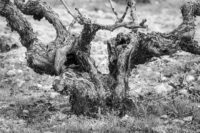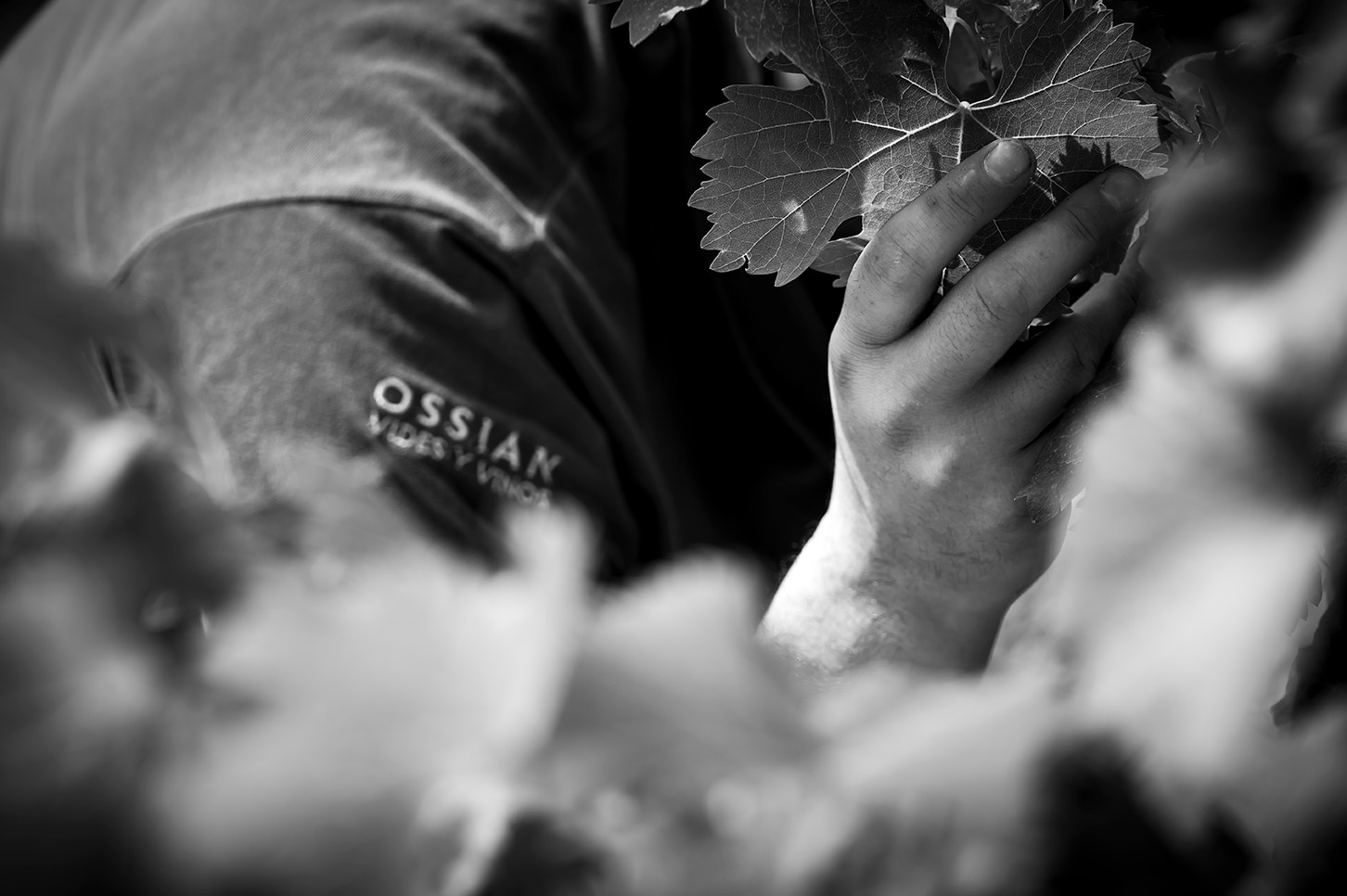- Ossian promotes Research, Development and Innovation in an area with a winemaking tradition that goes back five centuries.
- The INECOVER project studies in detail the Segovian verdejo to preserve its genuine character and differential characteristics.
 Ossian Vides y Vinos, committed to the genetic conservation of old vineyards, has completed the INECOVER of old vineyards, has completed the INECOVER project, which aims to evaluate the enological aptitude of centenary vineyards of the Verdejo variety from Castilla y León. The project is part of the Research and Development Project Program (PID) of the Center for the Development of Industrial Technology (CDTI) and has had the collaboration of the Polytechnic University of Madrid (UPM), the Complutense University of Madrid (UCM), and the companies Vitis Navarra and Better Research Innovation and Development (Better Rid). The project ended on March 31 of this year. The Ossian vineyard is a source of unique genetic material that, thanks to the efforts of the winery’s team and projects such as INECOVER, is looking to the future. The winemaking tradition of Nieva (Segovia) and its surroundings goes back some five centuries and has been one of the bases for the development of the region. Ossian has the Segovian Verdejo varietal as its main protagonist and the entire vineyard, with an average age of 140 years in its old vines, is worked organically; a philosophy that the winery has maintained since its inception.
Ossian Vides y Vinos, committed to the genetic conservation of old vineyards, has completed the INECOVER of old vineyards, has completed the INECOVER project, which aims to evaluate the enological aptitude of centenary vineyards of the Verdejo variety from Castilla y León. The project is part of the Research and Development Project Program (PID) of the Center for the Development of Industrial Technology (CDTI) and has had the collaboration of the Polytechnic University of Madrid (UPM), the Complutense University of Madrid (UCM), and the companies Vitis Navarra and Better Research Innovation and Development (Better Rid). The project ended on March 31 of this year. The Ossian vineyard is a source of unique genetic material that, thanks to the efforts of the winery’s team and projects such as INECOVER, is looking to the future. The winemaking tradition of Nieva (Segovia) and its surroundings goes back some five centuries and has been one of the bases for the development of the region. Ossian has the Segovian Verdejo varietal as its main protagonist and the entire vineyard, with an average age of 140 years in its old vines, is worked organically; a philosophy that the winery has maintained since its inception.
Genetic diversity of centenary vineyards
This project has worked on the characterization of the genetic variability of pre-phylloxera and centenary Verdejo vines in organic farming. A biotype bank of these plants has been planted with the aim of studying and preserving genetic diversity. In the future, the oenological characterization of these biotypes may provide a response to the needs posed by climate change.
Aromatic ripening of grapes
As part of the INECOVER project, the qualitative ripening of grapes has been studied in order to optimize the most appropriate time for harvesting. By studying the accumulation of aroma precursors throughout the ripening process, it is possible to determine the most suitable time to harvest the grapes, taking into account their varietal aromatic load and not only the usual parameters of acidity and sugar.
Work in the winery
Another line of INECOVER’s work has been focused on the knowledge of the fermentation agents involved in the spontaneous fermentation of wines and the natural phenomena that occur during aging on the lees. In Ossian, alcoholic fermentation takes place with yeasts from the vineyard and the populations involved define the characteristics of each vintage. In addition, the role of the lees generated in the personality and differentiation of each of the wines during aging in wood has been analyzed.




